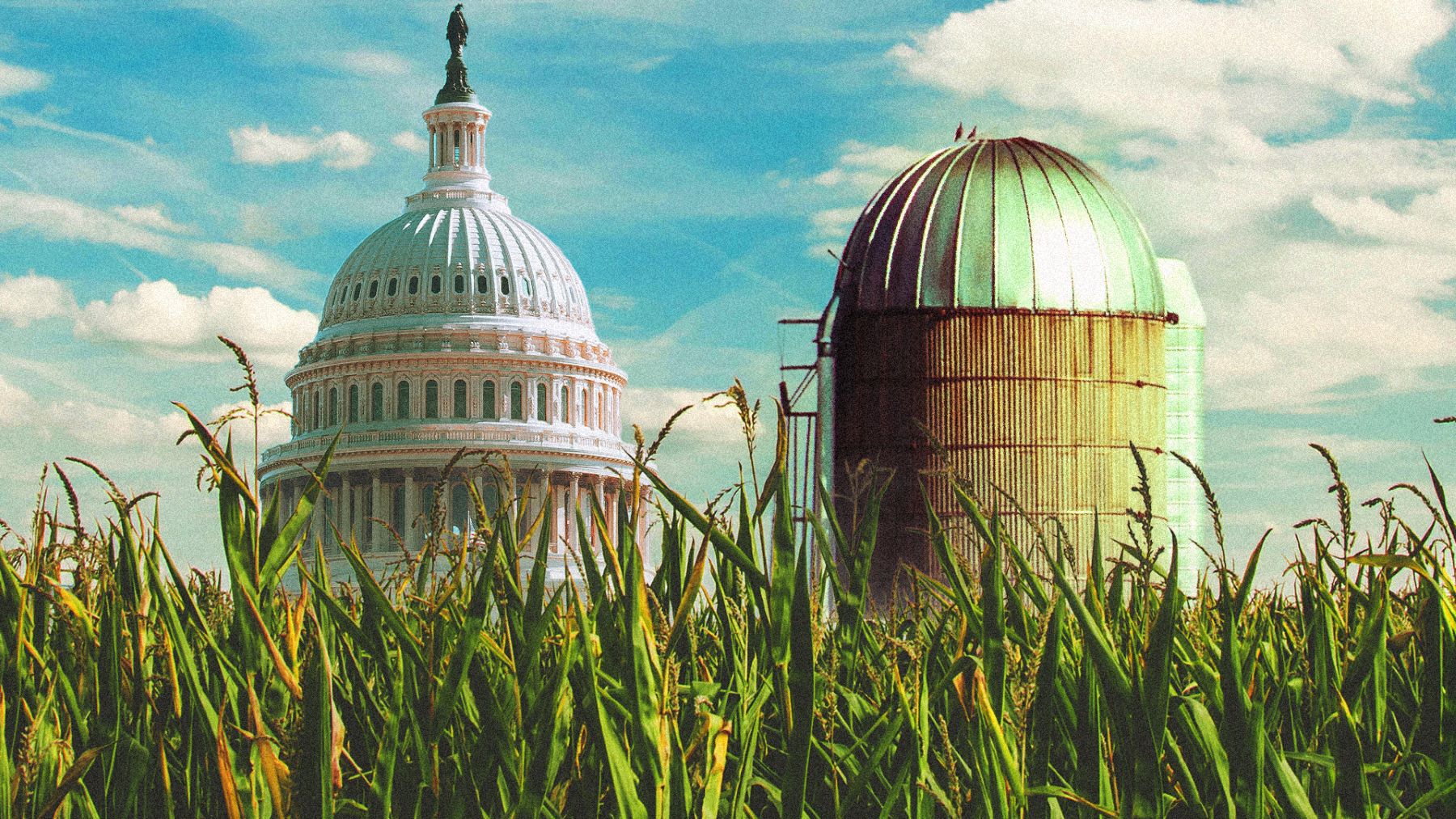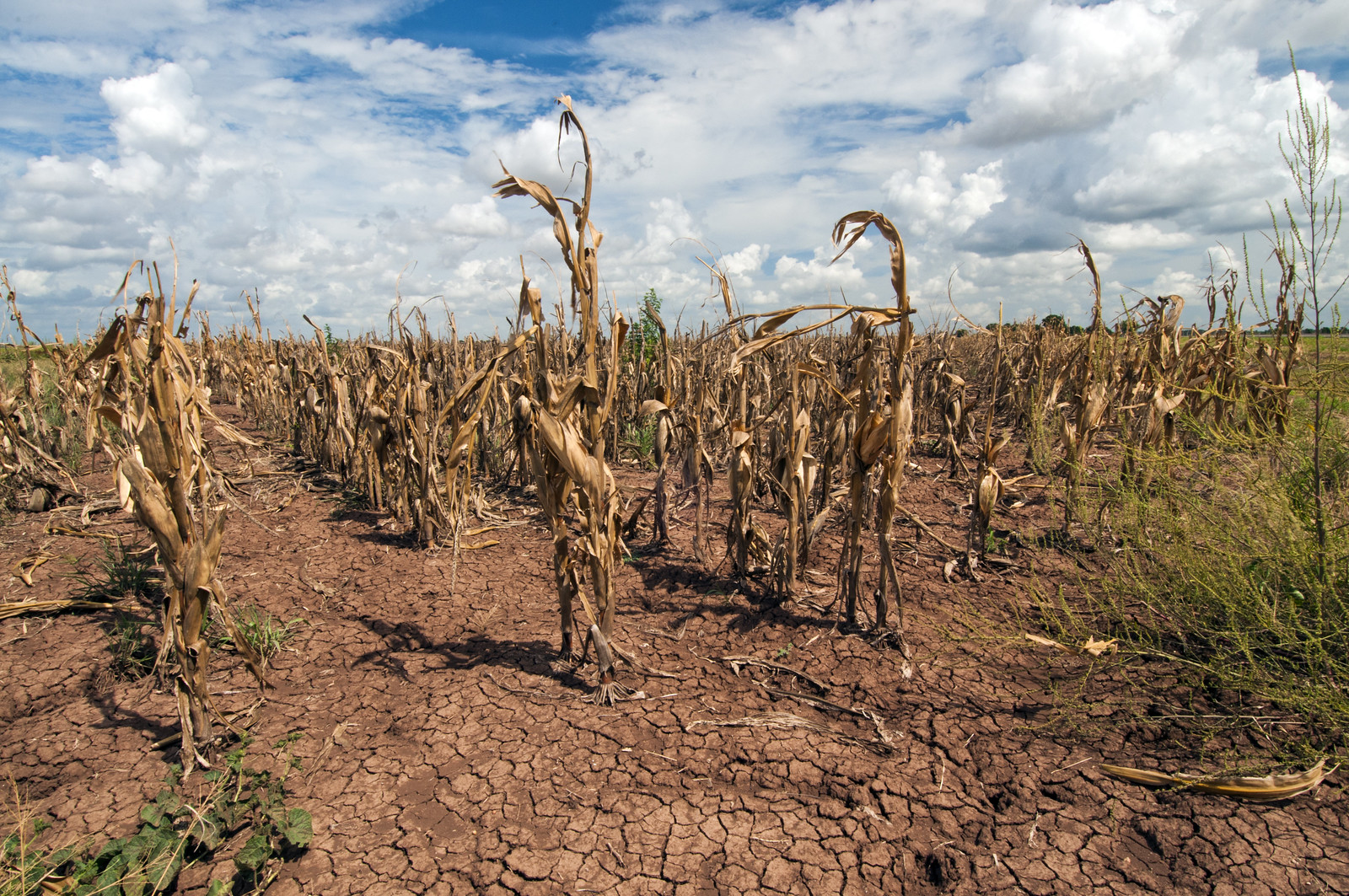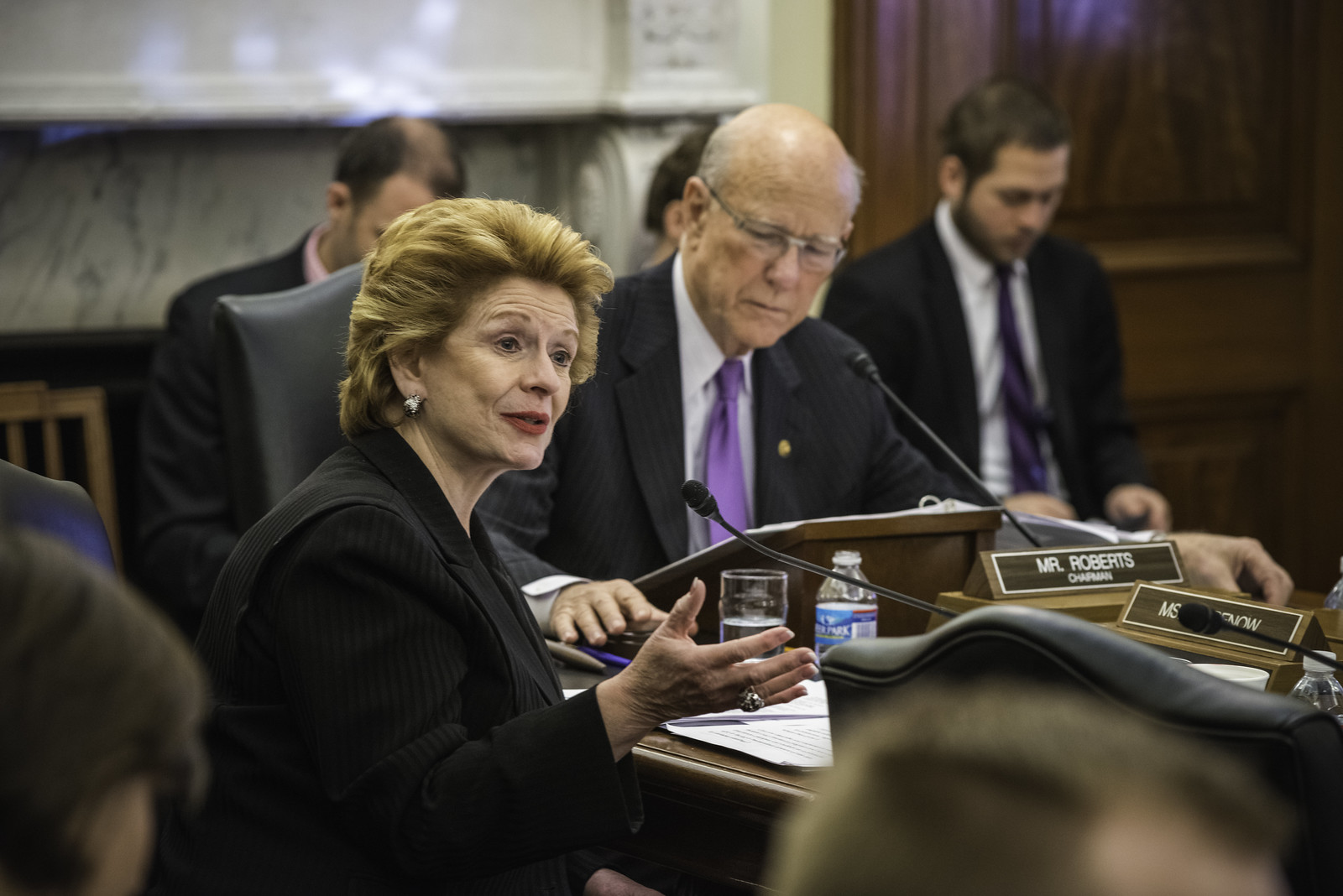|
|
At a Glance: The IRA included billions to support sustainable farming that helps farmers and tackles climate change, but Congressional Republicans are threatening to use the 2024 Farm Bill to remove the much-needed climate guardrails that support these programs. Here are three reasons why we can’t let them:
|
When the Inflation Reduction Act (IRA) passed in August 2022, America’s farmers received an extra bump in conservation funding. Freshly equipped with billions for climate-smart agriculture programs, the U.S. Department of Agriculture (USDA) became ready to support farmers as they face crop-damaging floods and livestock-killing heatwaves.
But here’s the bad news: Republicans in Congress are threatening to use the 2024 Farm Bill reauthorization to remove the critical climate parameters for the programs that deliver real economic benefits to farmers. These programs are so popular that there are consistently more farmers applying than available funding.
After decades of disinvestment, rural and agricultural communities deserve investments in a thriving, clean energy economy that will deliver jobs, justice, and climate resilience, not a backslide in support.
Right now, Congress has a powerful opportunity to protect the billions for climate-smart agriculture programs. But first, let’s cover what the Farm Bill is and why it matters—whether or not you’re a farmer.
What’s the Farm Bill?
The first Farm Bill dates back to the 1930s when America was at the height of the Great Depression and the Dust Bowl was ripping across the Great Plains. When the Agricultural Adjustment Act passed in 1933 as part of the New Deal, the legislation’s intent was to keep food prices fair for farmers and consumers, while preserving natural resources to stop future environmental disasters like the Dust Bowl.
Today, the Farm Bill is a package of legislation that Congress renews every five years. This legislation governs policies related to the agricultural sector, including farm income support and food assistance. And right now, Congress is drafting text to reauthorize the newest version of the Farm Bill.
Now, just as farmers of the 1930s required federal intervention to avert another environmental disaster like the Dust Bowl, today’s farmers need federal support through the 2024 Farm Bill to help conserve their lands and adapt to the climate crisis.







